
By Julien A. Luebbers
The Spokesman-Review
It's not too difficult keeping social distance in the great outdoors, especially when Spokane's outdoor population has a million and one places for choosing. Here are five highlights so you can select the most convenient. Running top-tier trails is fun, but it's never easy. Choosing the right run, the right shoes and the right attitude can make or break an afternoon out in the hills.
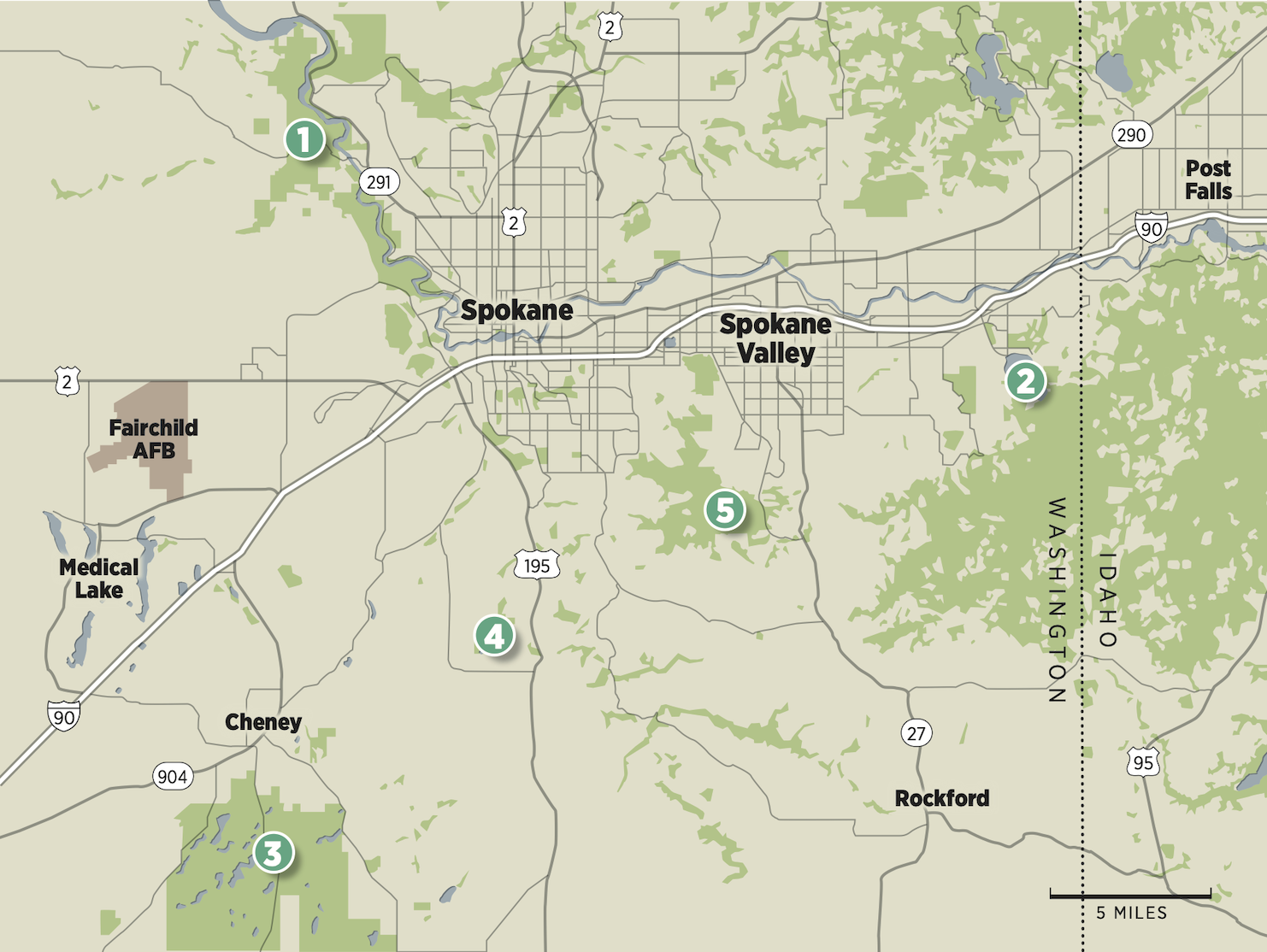
1. Riverside State Park
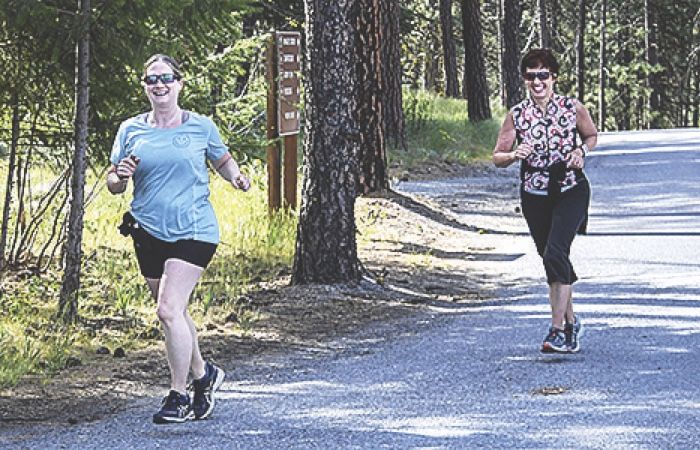
◼ Riverside State Park has so many trails to offer, but to highlight one, Trail 25 runs most of the length of the park in a huge loop. Pick any portion, and you’ll be set to roll for miles.
◼ The variety here is the big draw: Riverside running, the Centennial Trail and more. Plus, the sheer vastness of the park means you could go again and again without running the same trail twice.
2. Liberty Lake
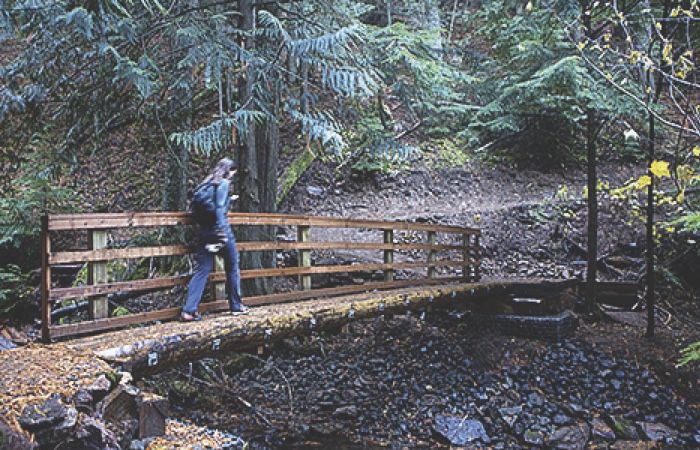
◼ The loop formed by Liberty Creek and Edith Hansen trails is a robust and challenging 7 miles. A challenging hike and a very trying run.
◼ This one is long and difficult, but the trails are scenic and the climb will take you to two waterfalls. Be sure to think about water and a snack on this one.
3. Turnbull Wildlife Refuge
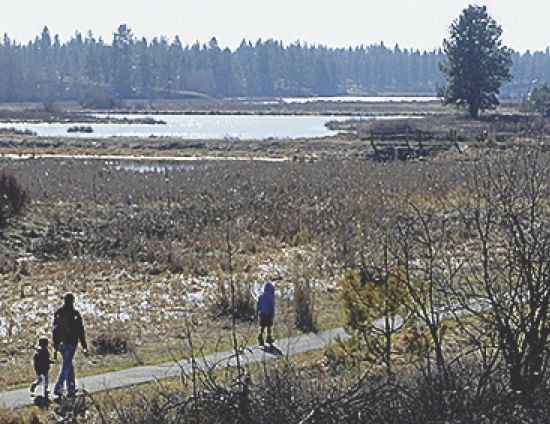
◼ While there are a variety of trails, the Stubblefield Trail (shorter) and Pine Creek Auto Tour Route (longer) are two highlights, the latter a great road run.
◼ Turnbull offers wide-open, flat running or walking with nice trails, boardwalks and more. It’s out there, but feeling away from town can be very refreshing.
4. James T. Slavin Conservation Area
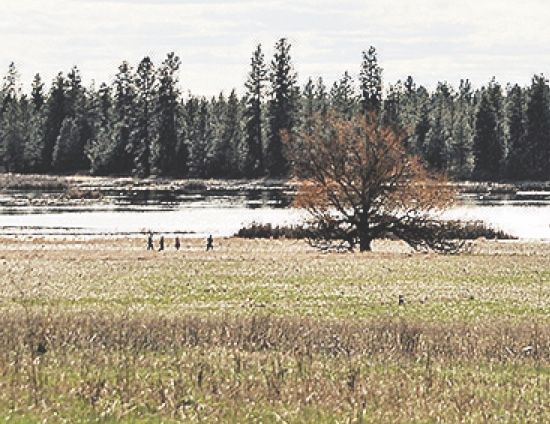
◼ The whole trail system is 6 miles of trail. There is one main trail and a number of small off-shoots to explore.
◼ The Slavin Conservation Area is very peaceful and often without many visitors. The trails are very flat, the lake is serene and features a number of beautiful flowers.
5. Iller Creek/Rocks of Sharon
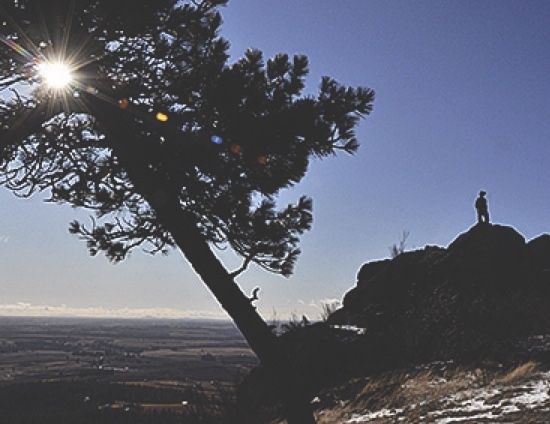
◼ The Iller Creek trailhead, entering from the north, will give you a longer, shallower, just under 5-mile loop. The Stevens Creek trail from the south is steeper but shorter.
◼ Huge rock formations distinguish Iller Creek from the others on this list. Couple that with great views, and you’ve got a recipe for success.
Running tips from a pro(fessional writer who runs on the weekends)
These trails are a variety of different surfaces.
From single-track hiking trail (likely strewn with roots and rocks) to road or paved trail, picking the right pair of shoes is key.
If you run on a road with trail shoes, you may end up wearing out treads rapidly.
Conversely, running with road shoes on the trails will be tough because they aren’t built to support your ankles on variable terrain, or to grip anything but concrete or maybe gravel. In any case, be thoughtful here and if you aren’t sure what the trail condition will be, bring both.
Hydration is key.
Especially on these longer loops, be sure to bring a little water bottle with you, or a bladder backpack. Running with a pack can be cumbersome, but it’s worth it for the water. Or, for some of these out and back runs, if you park your car in the middle of out and back, then you can stop in the middle of your run for a water break.
All these are great hiking options, as well.
Be prepared to step off the trail if you need to let a group of hikers by, and try to keep your distance. Also, some trails might be used by mountain bikers, in which case using earbuds might not be the wisest idea. Generally, it’s best to maximize your awareness when running trails.
If something hurts, stop!
Some of these trails are very challenging, with up to 1,000 feet in elevation gain. That can be a shock even to experienced runners. So let yourself take a break and enjoy the space around you.
Run with a friend.
Keep it socially distanced (running on someone’s heels isn’t fun anyway), but as long as you’re strict about spacing between your buddy and others, you’ll benefit from having someone else around.
Stay safe.
To steal a term from the backcountry ski community, “If you don’t know, don’t go!” There’s a point at which trying something new (like a new trail) becomes risky. Know your limitations, and if you haven’t run before, start on one of the shorter, flatter trails.